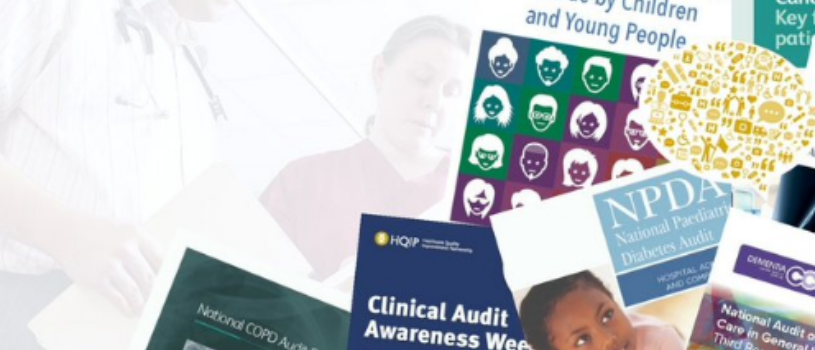
New reports published July 2023
Published: 17 Jul 2023
The following NEW resources have been published on our website this month:
- National Paediatric Diabetes Audit (NPDA) Admissions report
- National Audit of Care at the End of Life (NACEL) Fourth round report
- Deaths of children and young people due to traumatic incidents (NCMD)
- Making the cut? A review of the care received by patients undergoing surgery for Crohn’s Disease (NCEPOD)
- Epilepsy12 organisational and clinical audits report, England and Wales (2020-22)
- Socioeconomic differences in the impact of oesophago-gastric cancer on survival in England (NOGCA)
Report on hospital admissions of children and young people with diabetes, 2015-2020
National Paediatric Diabetes Audit Admissions report (NPDA)
The National Paediatric Diabetes Audit (NPDA) has published a Report on hospital admissions of children and young people with diabetes, 2015-2020. Based on 38,095 diabetes related admissions between 1 April 2015 and 31 March 2020, it found that all cause admission rates remained constant in England and Wales, despite a downward trend in national HbA1c from 2015/16 to 2019/20. However, there was considerable regional variability. The report also found that rates of diabetic ketoacidosis (DKA) at diagnosis of Type 1 diabetes increased over five years.
Fourth round of the audit – 2022/23 report
National Audit of Care at the End of Life (NACEL)
The National Audit of Care at the End of Life (NACEL) has published its latest report. Based on 7,620 case note reviews, 3,600 quality survey responses and 11,143 completed staff reported measures in England and Wales, this report sets out the findings of the fourth round of NACEL, which took place in 2022.
Epilepsy12 organisational and clinical audits report, England and Wales (2020-22)
The National Clinical Audit of Seizures and Epilepsies for Children and Young People (Epilepsy12)
The National Clinical Audit of Seizures and Epilepsies for Children and Young People (Epilepsy12) has published its latest report on combined organisational and clinical audits for England and Wales. Based on data relating to 2020-22 (cohort 4), it found that more children and young people with epilepsy are receiving input from epilepsy specialist nurses and paediatricians, but there remain some children without such access (and rates of wider involvement from other key health professionals remain low).
Socioeconomic differences in the impact of oesophago-gastric cancer on survival in England
The National Oesophago-Gastric Cancer Audit (NOGCA)
The National Oesophago-Gastric Cancer Audit (NOGCA) has published a report on Socioeconomic differences in the impact of oesophago-gastric cancer on survival in England which looks at the relative survival among 39,167 patients diagnosed between April 2013 and March 2017. It found that relative survival of all patients with oesophago-gastric (OG) cancer was poor among the NOGCA cohort, at less than 20% at five years from diagnosis. Among patients with a plan for curative treatment, 5-year relative survival was over 40%.
Deaths of children and young people due to traumatic incidents
The National Child Mortality Database (NCMD)
The National Child Mortality Database (NCMD) has published its latest thematic report on child deaths related to trauma. Covering vehicle collisions, drownings, violence, maltreatment and unintentional injuries, it is based on data from April 2019 to March 2022.
Making the cut? Review of care of patients undergoing surgery for Crohn’s Disease
The National Confidential Enquiry into Patient Outcome and Death (NCEPOD)
The National Confidential Enquiry into Patient Outcome and Death (NCEPOD) has published a review of the care received by patients aged 16 and over undergoing surgery for Crohn’s Disease titled Making the cut?. Based on data from two periods (1 September 2019 to 29 February 2020 and 1 September 2020 to 28 February 2021), analysis was undertaken on questionnaires from 553 clinicians, 414 sets of case notes, and 138 organisational questionnaires, all supported by qualitative data from patient surveys and focus groups.
The reports are available to view and download, along with all other reports, on our dedicated reports webpage.
Stay up to date: Join our mailing list to receive notifications when new reports are published.

